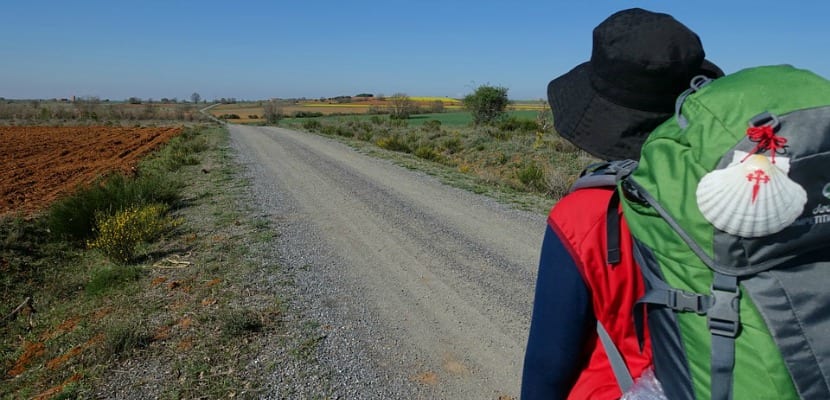
From time immemorial, pilgrimage to holy places has been common to many religions. These itineraries had a spiritual sense and an approach to divinity. In the case of Christianity, the great pilgrimage centers are Rome (Italy), Jerusalem (Israel) and Santiago de Compostela (Spain).
Either by a promise, by reason of Faith or by a challenge set to overcome alone or in company, every year thousands of people undertake a long journey on foot to Santiago de Compostela, place where the Apostle Santiago is buried. But who was this important figure in the history of Spain and what were the origins of the Camino de Santiago?
Who was the Apostle James?
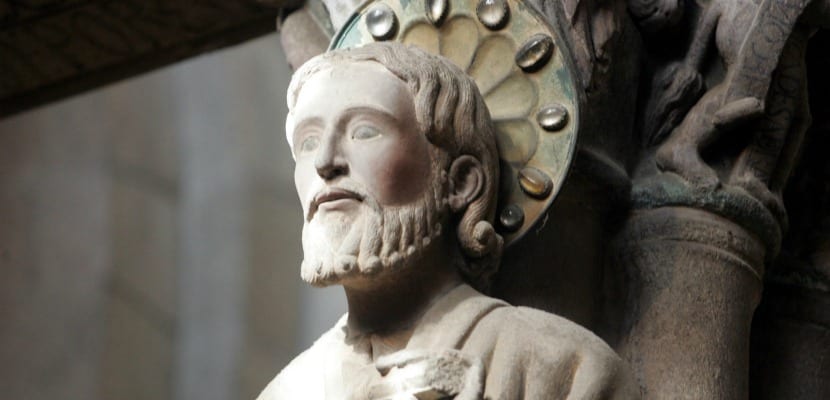
According to oral tradition, James (one of the apostles of Christ) he landed in Roman Baetica to preach in this territory. After a long journey through the Iberian Peninsula, he returned to Jerusalem and in 44 was beheaded with a sword. His disciples collected his body and shipped it in the direction of Roman Hispania. The ship reached the Galician sea coast and the body was transferred to the place where the Compostela cathedral is located today to be buried.
In 1630, Pope Urban VIII officially decreed that the Apostle Santiago el Mayor was considered the sole Patron of the Spanish nation. The Spanish writer Francisco de Quevedo went so far as to affirm that "God made Santiago, Patron of Spain, who did not exist then, so that when the day comes he could intercede for her and bring her back to life again with his doctrine and with his sword." .
It was in the XNUMXth century when the discovery of the tomb of Santiago Apóstol was reported in the West in Santiago de Compostela. Since then, the flow of pilgrims has never stopped, although the Jacobean route has experienced periods of greater and less splendor.
For centuries many monasteries and churches were erected along the way and people from all corners of Europe came to Santiago de Compostela to see the tomb of the Holy Apostle. The heyday of the Camino de Santiago continued until the XNUMXth century (when the Protestant Reformation and the wars of religion caused the number of pilgrims to decline) and hit rock bottom in the XNUMXth century. However, At the end of the XNUMXth century it entered a decisive phase of recovery thanks to the impulse of different entities civil and religious. Thus, several routes were created that from all over Spain converged in Galicia.
Routes of the Camino de Santiago
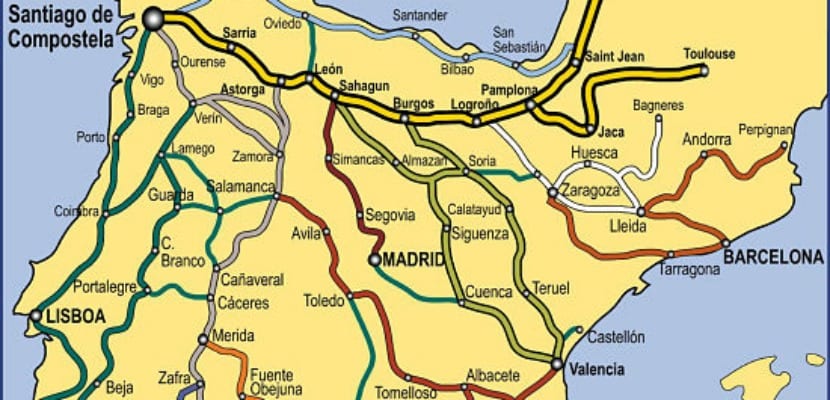
There are many routes to do the Camino de Santiago. The most important are: French, Aragonese, Portuguese, northern, primitive, English, Salvadorian, Basque, Boyana, Baztan, Madrid, Catalan, Ebro, Levante, southeast, wool, silver , Sanabrés, Cádiz, Mozarabic and Fisterra.
Once it has been decided to undertake this long journey to Santiago de Compostela It remains to choose between doing the Camino de Santiago on your own or in an organized way with a tourism agency. Both ways have their advantages and disadvantages, but depending on the expectations and motivations of the trip, one way or another of traveling to this Galician town will be more interesting.
Tips for doing the Camino de Santiago
Before the trip
The most advisable to survive the long days of walking is train the weeks leading up to the trip (if possible with the backpack on your back) to gain physical strength and resistance. Although these will have to be longer and longer, the effort will also have to be dosed according to the physical conditions of each pilgrim. It is not advisable to injure yourself before embarking on the trip.
When making the backpack to travel the Camino de Santiago we must bear in mind that it should not exceed 10 kilos. It is best to put the heaviest thing on the bottom and as close as possible to the back to move more comfortably. It will be essential to travel with a sleeping bag, clothes, comfortable shoes, a hat, a small first aid kit and some food and drink. We cannot forget to bring a mobile phone, a flashlight, a map, a staff and the scallop that identifies us as pilgrims.
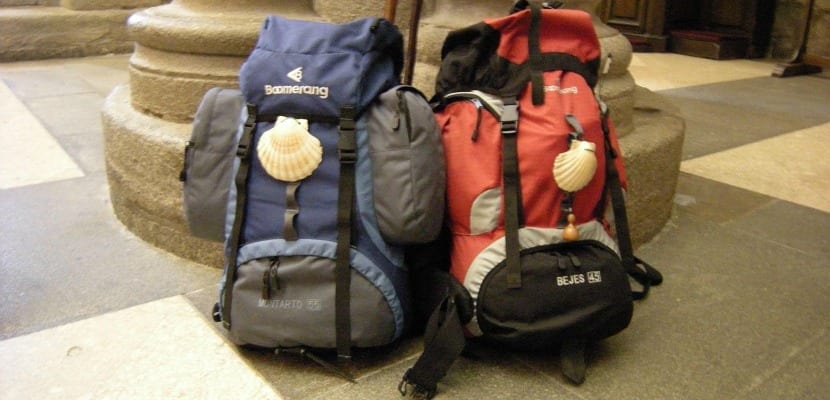
In case of traveling the Camino de Santiago by bicycle, it will be necessary to carry a balanced weight so that pedaling is as comfortable as possible. Bring some saddlebags or a rack in the back, a triangle shoulder pad to place under the seat bar and store tools and a bag to place on the handlebar and store documentation or routes of the road there.
It is not advisable to carry too much money and it is best to use credit cards. In urgent cases, we must inform a family member or friend of the route that we are going to take and have the telephone numbers of the Information Offices noted for what could happen.
In addition, before starting the trip it is convenient to make a planning of the stages that will be carried out. Many experienced pilgrims advise doing 25 or 30 kilometers a day and rest one day every seven days.
During the Camino de Santiago
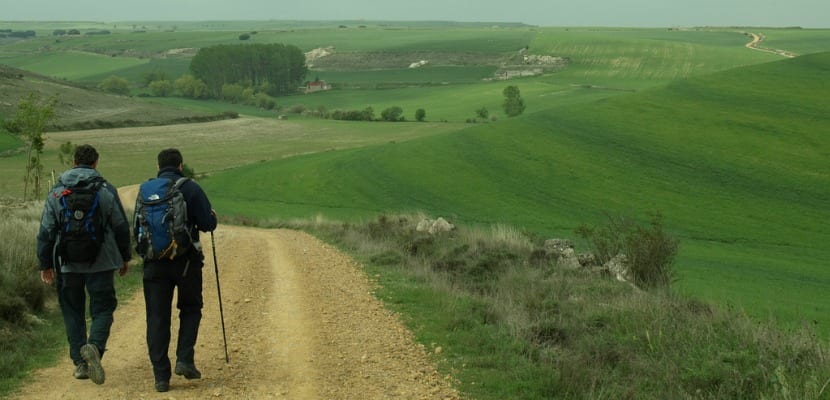
Surely many of you will wonder what is the best time to do the Camino de Santiago. 90% of pilgrims choose to travel from May to September because in winter the precipitations are very intense in the north of Spain and in summer the heat is suffocating throughout the country.
End of the trip
At the end of the trip you can get "La Compostela", a certificate issued by the Church and certifying that the Camino de Santiago has been completed. To obtain it, it will be necessary to carry a "pilgrim's accreditation" that must be stamped a couple of times a day in the shelters, churches, bars or shops along the way.
This accreditation is provided by the ecclesiastical authorities of any Spanish city, the municipalities or the police stations of the cities and towns that are part of the Camino de Santiago.
To get "La Compostela" you must prove that you have traveled the last 100 km of the path on foot or 200 km by bicycle. This is collected at the Pilgrim's Office next to the Plaza de Praterías, a few meters from the cathedral.
Cathedral of Santiago de Compostela

The Cathedral of Santiago de Compostela is the most outstanding work of Romanesque art in Spain. It is also the final goal of the Camino de Santiago that for centuries has led pilgrims from Christendom to the tomb of Santiago Apóstol. As if that were not enough, that of this cathedral was the inaugural stone for the construction of Santiago de Compostela, a monumental city that was born as a Holy City and a World Heritage Site.
The most remote antecedent of the Cathedral was a small Roman mausoleum from the XNUMXst century in which the remains of the Apostle James were buried after his beheading in Palestine (AD 44). The construction of the great Cathedral of Santiago de Compostela must have begun around the year 1075, promoted by Bishop Diego Peláez and directed by Maestro Esteban.
We can say that most of the Cathedral was built around 1122. The baroque airs of the XNUMXth century outwardly distorted the Romanesque originality. The façade of the Azabachería was replaced and the great western façade was covered with that of the Obradoiro.